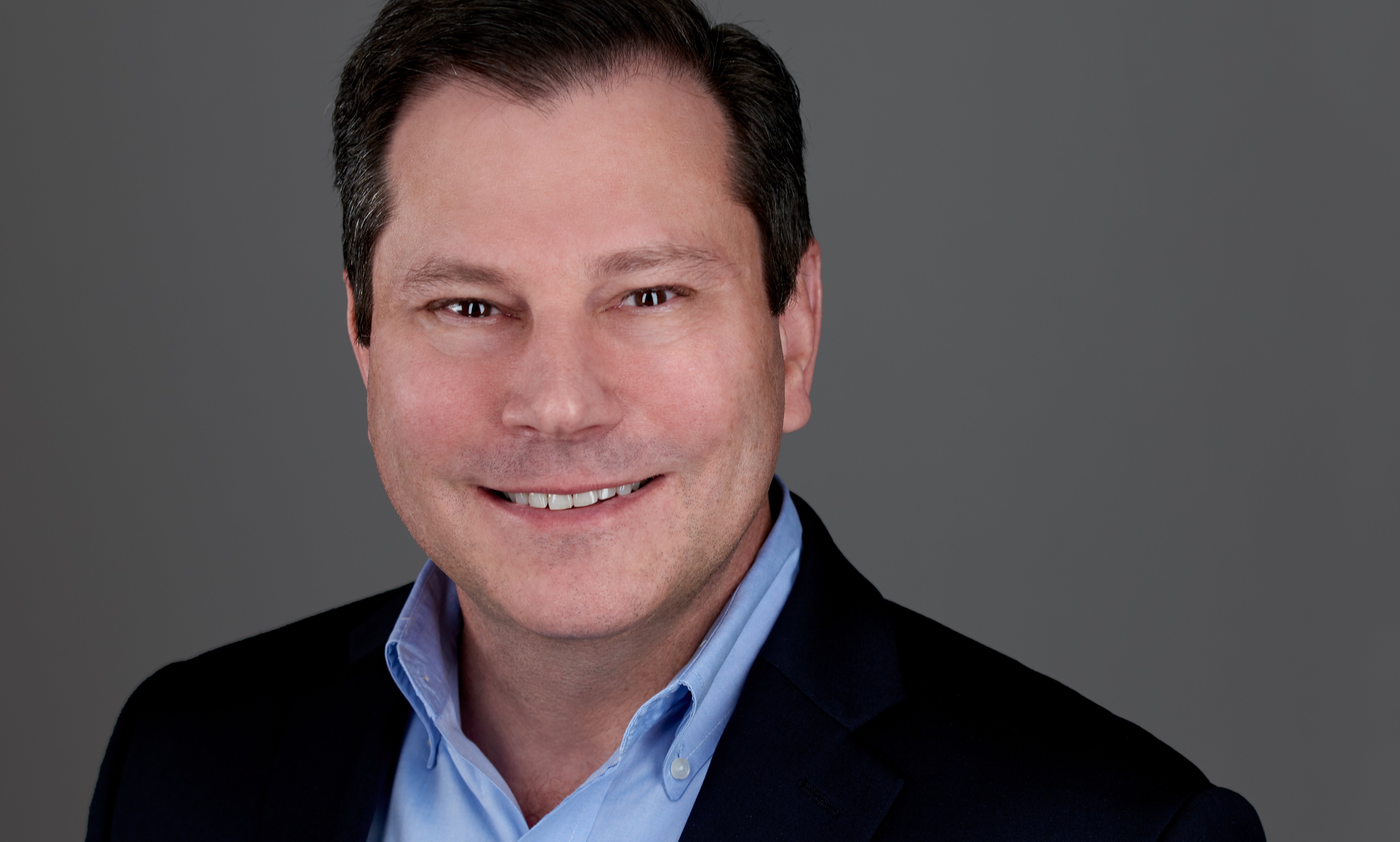
May 4, 2019
A Conversation with Dennis Kurlandski, Managing Director - Finance and Asset Performance Management
Dennis Kurlandski, Managing Director - Finance and Asset Performance Management shares his insights and thoughts about Utegration’s strategic focus on asset management.

Can you tell us a little bit about your professional background and experience, and what brought you to Utegration?
I have been working with the utility industry for over 25 years, focused primarily on work and asset management. As technologies have matured over the years, so have the needs of field operations. I feel fortunate to have been on the forefront of the convergence of enabling technologies that have transformed field operations. There are so many technologies that have—and will continue to—converge, including: asset management, dispatch, field data collection. GIS, GPS, mobility, OMS, predictive analytics, SCADA, scheduling, and work management.
People are what brought me to Utegration. The North American SAP-focused utility ecosystem is a relatively small group of consultancies and complementary software providers that has been around for a few decades. People tend to move among SAP, the consultancies and software providers. There was a pattern in my network’s movement: good people, many of whom I worked with during my time at SAP, were gravitating to Utegration. At the heart of Utegration is a collective of industry veterans that are dedicated to the success of our clients. We mean it when we say that excellence is our standard. A key ingredient to the recipe that allows us to deliver on this is our people.
Can you summarize the focus of your practice group, in a nutshell?
Our domain is really broken into two distinct focuses: Finance and Asset Performance Management. Although the two are very much interrelated, I’ll try to describe them separately.
Our finance practice is laser-focused on the next generation of financial transformation. We are enabling finance departments within utilities to evolve from bookkeepers to leaders. We are providing them with the industry-leading processes and technologies that help them meet regulatory and shareholder expectations. For example, we have developed solutions that can enable real-time FERC analysis to facilitate not only reporting, but also the detailed cost flow tracing that is invaluable for inquiries and other steps to achieving a successful rate case. There is nothing else on the market that does this. We built it because we saw the opportunity cost of the current process, which is pretty inefficient. We’re also delivering asset accounting practices that originate in the work order planning process and allow for seamless integration of capital work planning, execution and accounting.
Our Asset Performance Management practice has evolved to address our clients’ changing needs. And now, their needs are changing faster than ever. Predictive analytics, enterprise integration, cyber security, and process optimization are all part of the new rules of asset performance management.
Preventive and predictive asset maintenance was historically managed with a single dimension approach that was costly and ineffective. For example, utilities were performing maintenance and inspections because of factors such as time or utilization. Today, asset optimization considers criticality along with advanced predictive analytics to make informed business decisions. Now utilities can repair, replace and/or run to failure with confidence in the outcomes and implications.
Integration challenges of the past tended to focus on simple use cases involving two technologies. For example, how do I render my SAP assets and work orders in GIS. Today utilities need enterprise integration that automates and aligns business processes across various IT and OT technologies. For example, how do I automatically leverage smart meter information to make an outage prediction in my OMS, create a work order in my EAM, dispatch it to the closest certified crew, and provide all the necessary information via mobile to assess the damage and begin the process of restoration? And, keep the customer informed throughout the process! We focus not only on the best practice to align the technology but also on the process and data governance required to achieve enterprise integration.
What are some of major utility industry trends affecting your practice area today, and might affect it in the future?
We could probably talk for hours about the industry trends and implications for our clients. For the purposes of this discussion, I’d like to focus on two very different trending topics: gas operations and SAP S/4HANA.
Safety and regulatory requirements for gas distribution pipeline operators have been evolving as a result of incidents in the past. The recent incident in Boston has placed even more scrutiny on this line of business. Although most utilities have authored and implemented a Distribution Integrity Management Program (DIMP), they are now contemplating the next level of process excellence that will be required to address the new Pipeline and Hazardous Materials Safety Administration (PHMSA) requirements around tracking and traceability. In order to develop a comprehensive plan, a utility must align legal, IT and operations, and perform a thorough review of business processes, and existing and emerging technologies. Key considerations include: technology convergence, field data acquisition, and data and process governance. Utegration can assist with the planning and execution of this next evolution in pipeline safety.
SAP S/4HANA is the next generation of ERP from SAP based upon the in-memory HANA database computing capabilities. Statistically speaking, utilities in North America are laggards when it comes to making the migration from ECC or Suite to S/4HANA. Utilities are inherently risk-averse, which is understandable in some ways. But with the pending 2025 deadline from SAP to migrate to SAP S/4HANA, Utegration cautions utilities not to wait until they don’t have enough time to execute a thought-out migration plan that delivers the platform they will need in the future. There seem to be a number of factors that make the planning of a migration more daunting for utilities, such as: size of SAP footprint, enterprise integration of SAP footprint, accounting treatment of cloud solutions, in-flight innovation projects that involve SAP, and for many early adopters, the age and level of customization of their SAP footprint. While these may complicate matters, they certainly don’t prevent one from planning a migration to S/4HANA, even if the migration is represented by a multi-year roadmap. In addition to running our business on S/4HANA, Utegration has been on the forefront of the HANA and S/4HANA evolution. Many of our products and services are based upon this next-generation in-memory computing capability. One service that our clients find valuable is an S/4HANA assessment offering that is uniquely tailored to each client’s specific situation and needs.
What is your long-term vision for your practice group?
We are currently focused on some of the hottest topics in the SAP Utility ecosystem: financial transformation, asset performance management and S/4HANA migrations. Uniquely, our products are natural extensions of SAP, focused on the specific needs of the utility industry. I anticipate that demand for our products and services will continue to grow, with S/4HANA really taking off in 2020 and beyond. In order to address the growing demands we are looking to expand our team and to build more accelerators in order to reduce the cost and advance the speed of adoption.
As a tenured member of the Utegration family, what do you believe sets Utegration apart?
Many things, really. First and foremost, our people have both utility industry experience and technical expertise. That matters because the utility industry really is different. We design and deliver technology implementations based on how a utility must perform, and what long-term success looks like.
Having worked at SAP, large consultancies and now Utegration for nearly five years, I have also come to really enjoy the speed at which we work on behalf of our clients. We can be very creative and empowered at the business level to get things done quickly and with fewer constraints. Utegration continues its healthy growth – and it is an exciting time to be a part of the Utegration family.
Again, it was the people that initially drew me to Utegration. Alexis Nichols, Bin Yu, Chris Bui, Debbie Miller, Jeff Francis, Ron Miller… go look them up on LinkedIn. When you see a collective of quality people, well known within the industry that have all gravitated to one firm, there is obviously something magical happening.
To learn more about advanced asset analytics , check out our on demand webinar: EAM: Utility Asset Analytics: Drive Better Outcomes Today and Tomorrow.